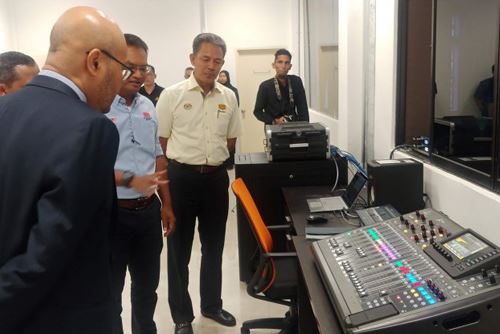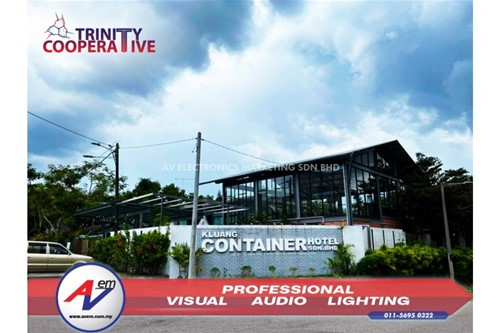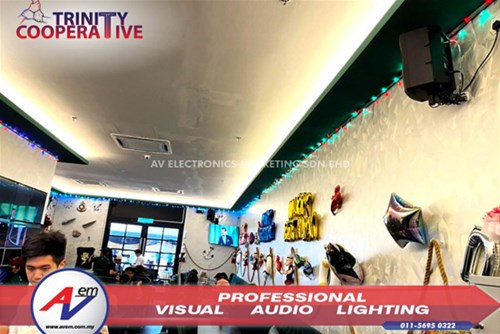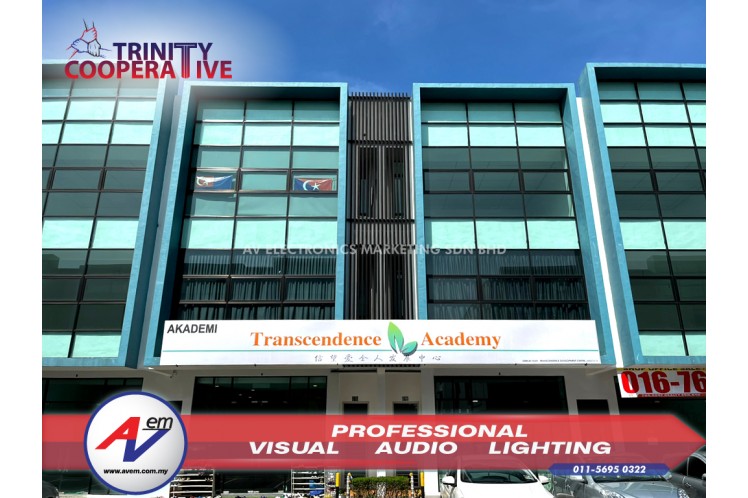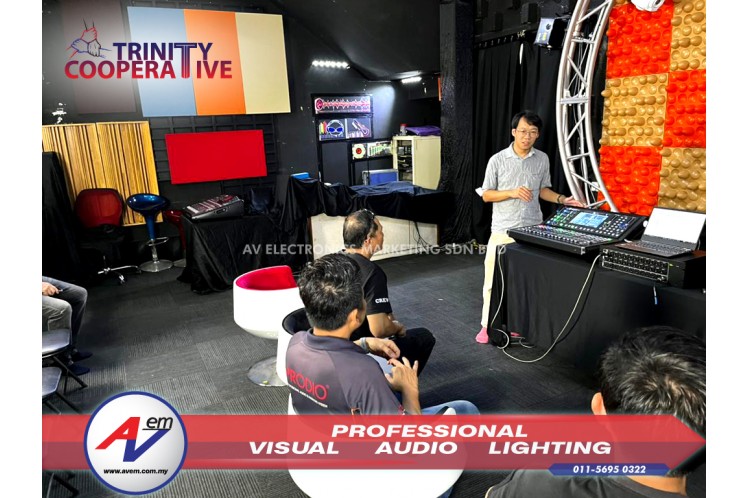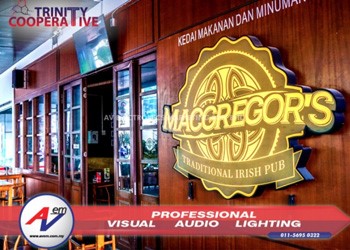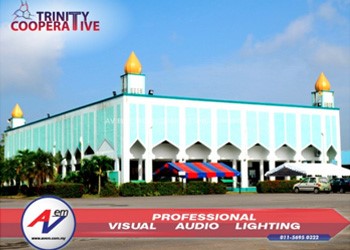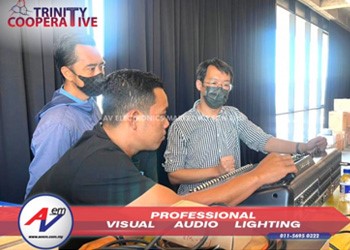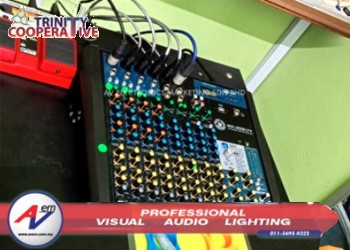AVEM Classroom 03 - Signal compression
Compression allows us to reduce the size of a data stream or file. Simple Compressin process take advantage of repeated data patterns in a signal or file to reduce the number of times the pattern is stored or transmitted. The orginal signal can later be mathematically reconstructed to its original size and pattern without any loss of accuracy. This is known as lossless compression and can work well in compressing text, music, and video streams, although the amount of compression can be relati-vely low.
ZIP, FLAC, MPEG-2, PNG, and JPEG2000 are some examples of efficient lossless compression methods. Only lossless compression techniques are considered to be acceptable for critically accurate applications such as text transmission and financial transactions.
Advance compression processes are based on the human brain's inability to perceive all of the available detail in an image or a sound, and they use a var-iety of signal processing techniques to reduce the amount of unnoticeable detail transmitted or stored. This is known as lossy compression and can b almost undetectable at moderate compression levels, although the lack of fidelity becomes quite noticeable at high compresion levels. MP3, JPEG, HEVC, and H.264 (aka AVC) are examples of high-efficiency lossy compression methods.
The critical steps in the compression process are analyzing and encoding the digital data to reduce its size, and later decoding the compressed data into its original format. The device and software processes that perform these functions are known as codecs.

Digital Media Formats
A digital media file contains two elements.

- Container The container (such as AVI, which stands for Audio Video Interleaved) is the structure of the file where the data is stored. The container holds the metadata (data about the data) describing how the data is arranged and which codecs are used.
- Codec The codec provides the method for encoding (compressing) and decoding (decompressing) the file. Many video and audio codecs must be installed in the operating system to play the file.
Some sophisticated replay applications such as the multiplatform, open source VLC media player can decode a wide variety of media file formats. Many applications and online services are available for converting media file between formats.
Formats can be confusing because the term codec is used interchangeably to describe the container and the codes used within the container. In addtion, some codec names describe both a codec and a container. An AVI container, for instance, could contain data encoded with an MPEG codec.
- active loudspeaker
- active speaker
- active subwoofer
- alto
- analog crossover
- analog equalizer
- analog mixer
- audiocenter
- b205d
- behringer
- bmb
- bosch
- box speaker
- church
- column speaker system
- convention center
- csp-610
- csp612
- css1720
- csw-115
- da2250
- da2500
- dad-500
- dad950
- dar-350h
- dcx2496le
- digital loudspeaker management
- digital mixer
- digital snak2
- digital snake
- dl16
- dlm408plus
- dm220
- dm24.8
- dm-24.8
- dm48.20
- dpe-2.10
- dpm4.13mk2
- dsp5211
- dsppa
- dsspa
- dvs-4t
- ea5118
- education
- emix
- emma-120b
- emma-835zsmkll
- empa-8250mkii
- empa-8500
- empa-8500 mkii
- empa-8500mkll
- emws884
- emws884b
- emws-884w
- ep1500
- ep2000
- ep512
- fbq-1502
- fbq-1502hd
- fbq3102hd
- hm1461fx
- hm822fx
- ic electronics
- iq15
- iq18b
- iva
- iva audio pack
- karaoke
- kfc
- kla210
- kla210dsp
- kla210wp
- kla218
- kla218dsp
- kla28
- kla815b
- klark teknik
- km1700
- l65
- l65+l65a
- l65+l65s
- l65a
- lbb-3200/00
- lbc-3200/00
- lbc-3210/00
- line array
- live music venue
- live-8
- loudspeaker
- lt10a
- lt12p
- m18b
- m32
- m32 live
- m7.0mkii
- m-7.0mkii
- ma12
- ma15
- masjid
- microphone
- microphones
- midas
- mixer
- mixing amplifier
- mr-28u
- multipurpose hall
- mxi.1222cfx
- mxi.1422
- mxi.1422cfx
- mxi.1622cfx
- my boss club
- pa sistem untuk masjid
- pa system for auditorium
- pa system for bar
- pa system for cafe
- pa system for church
- pa system for court
- pa system for goverment
- pa system for hall
- pa system for hotel
- pa system for mosque
- pa system for multipurpose hall
- pa system for restaurant
- pa system for school
- pa system for temple
- pa system for worship
- passive loudspeaker
- passive subwoofer
- pc260
- pf-118b+wp
- pf-12+wp
- pf-15+wp
- pm827
- pm8270
- pm-8270
- power amplifier
- power mixer
- powered mixer
- pro-12.0
- pro256dx
- pro26dx
- pro7.0
- pro-9.0
- proel
- pro-ud2
- ps15r2
- qx602mp3
- rx10mk2
- rx-10mk2
- rx12mk2
- rx-12mk2
- rx15mk2
- rx-15mk2
- rx-5mk2
- s16
- s32
- sa3118
- sa312
- sa315
- shure
- smaart tuning
- stadium
- stage monitor
- sub118b
- sub-118b
- subwoofer
- t2208
- tannoy
- test test
- tfx122m-an
- th20/tu60ml
- topp pro
- tpm2.3
- tpm-2.3
- tpx-122m
- turbosound
- u2004ch4
- uum
- ux34d
- v4fx
- ve-20
- vp1220
- wd12av2
- wd15av2
- weather proof loudspeaker
- wing
- wireless microphone
- ws740
- x10
- x10a
- x12a
- x15
- x15a
- x1622usb
- x1832usb
- x32
- x32 compact
- x32 producer
- x8
- x8a
- xenyx x1204usb
- xenyx x2442usb
- xr18
